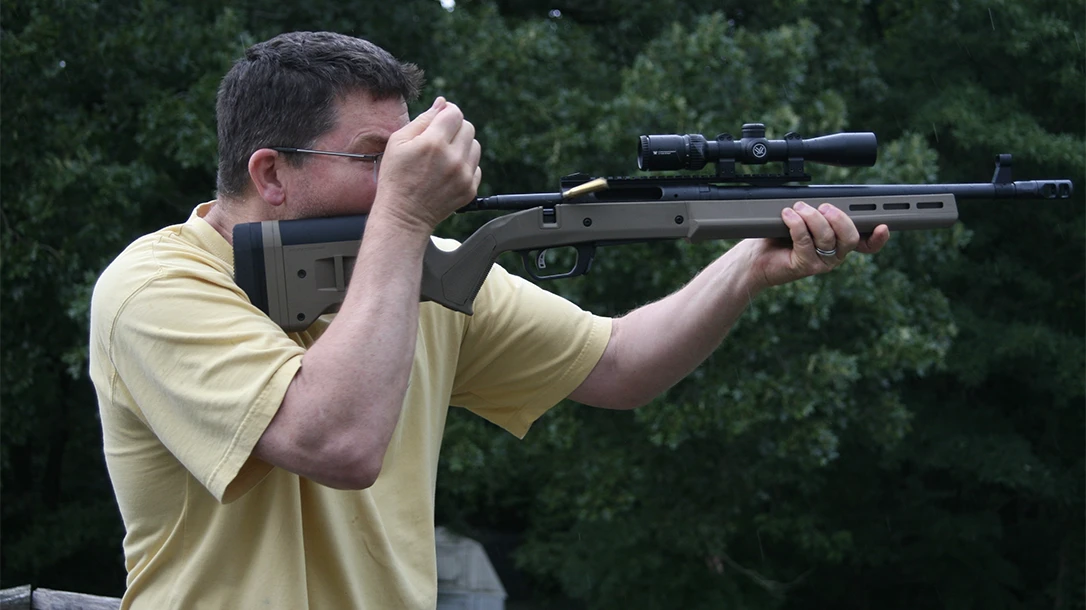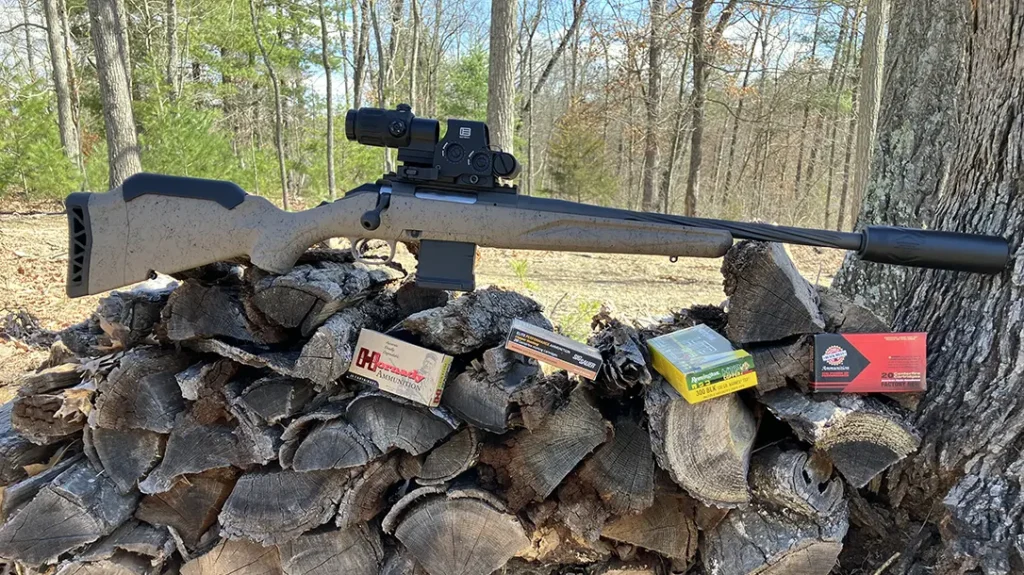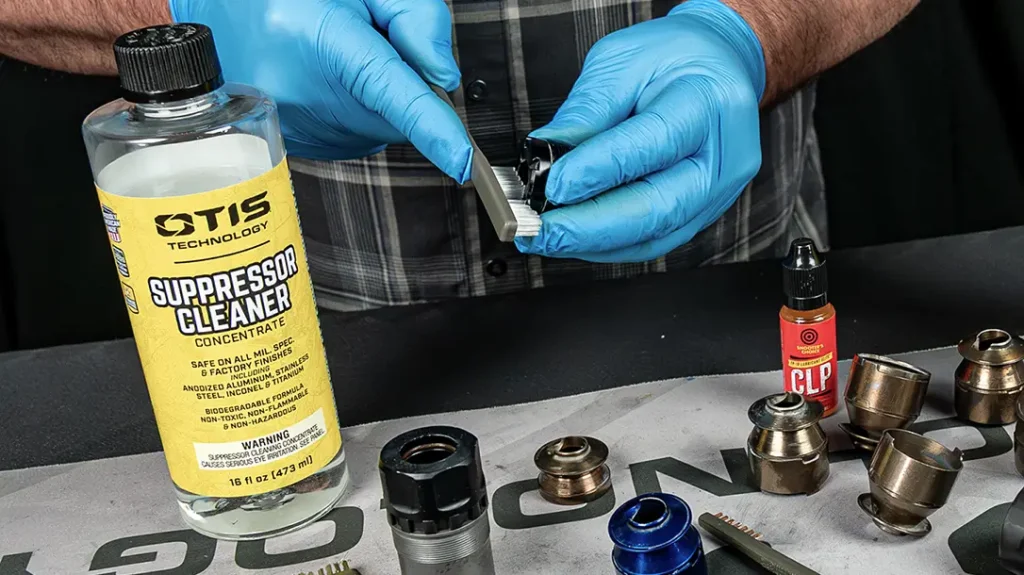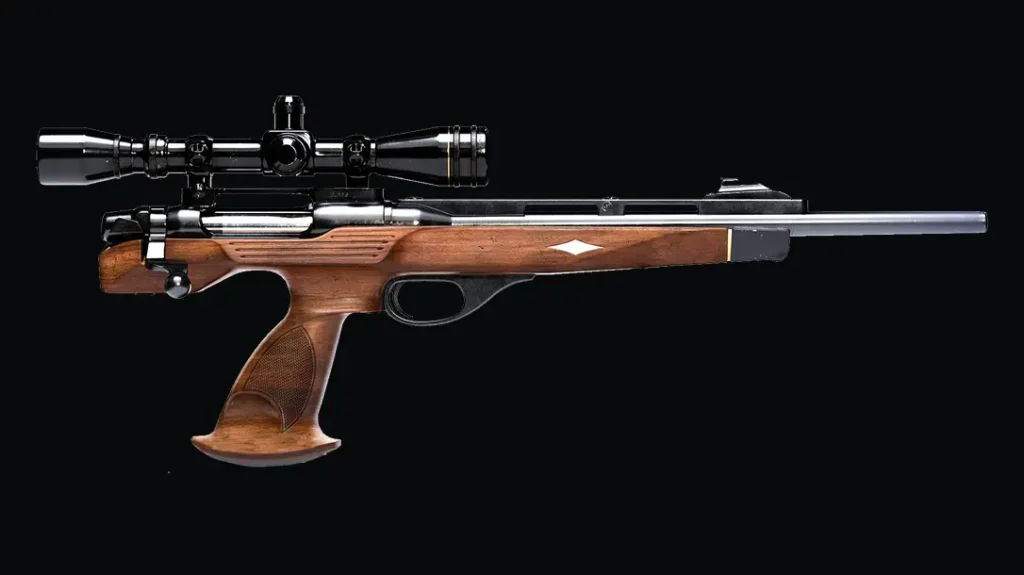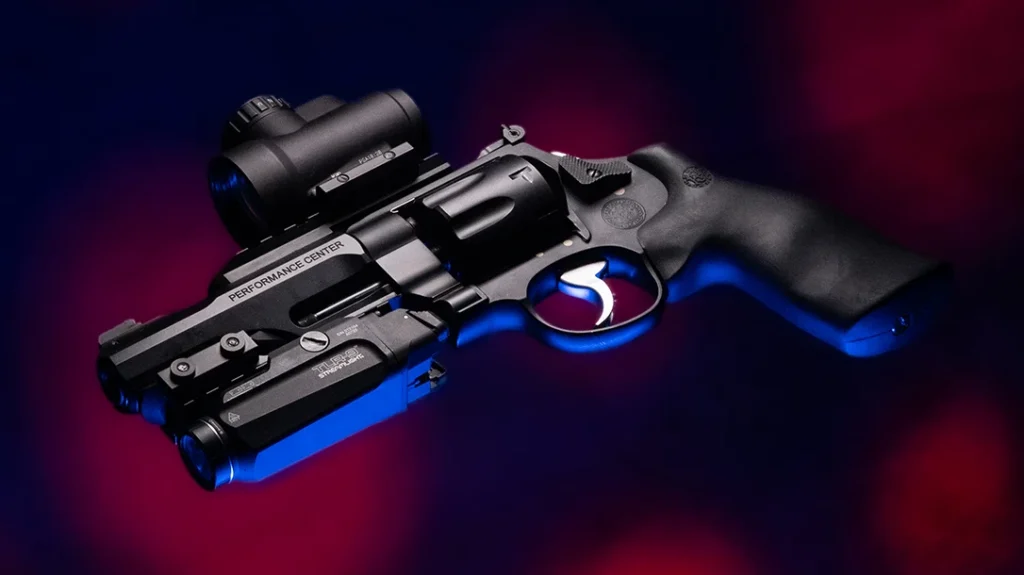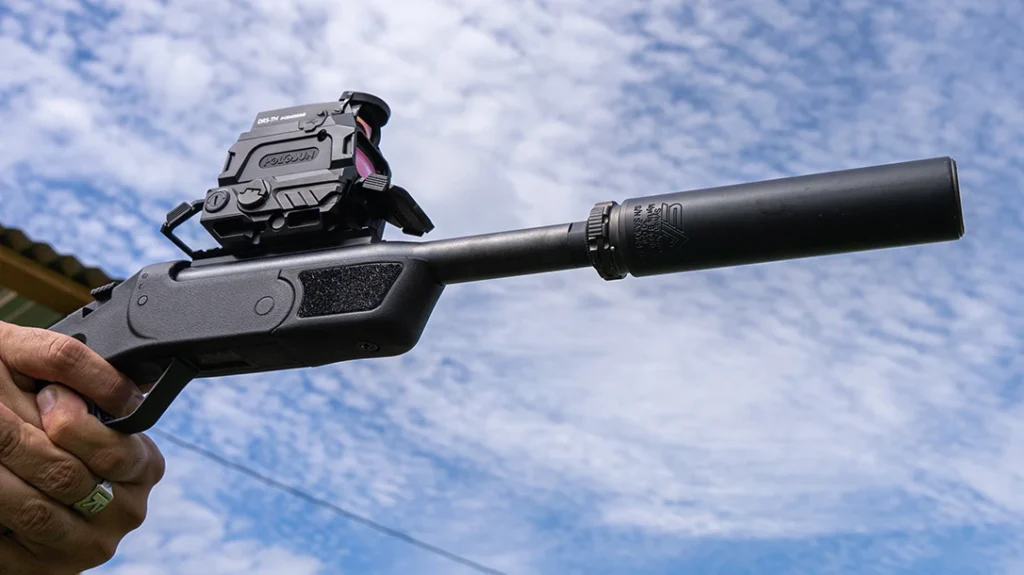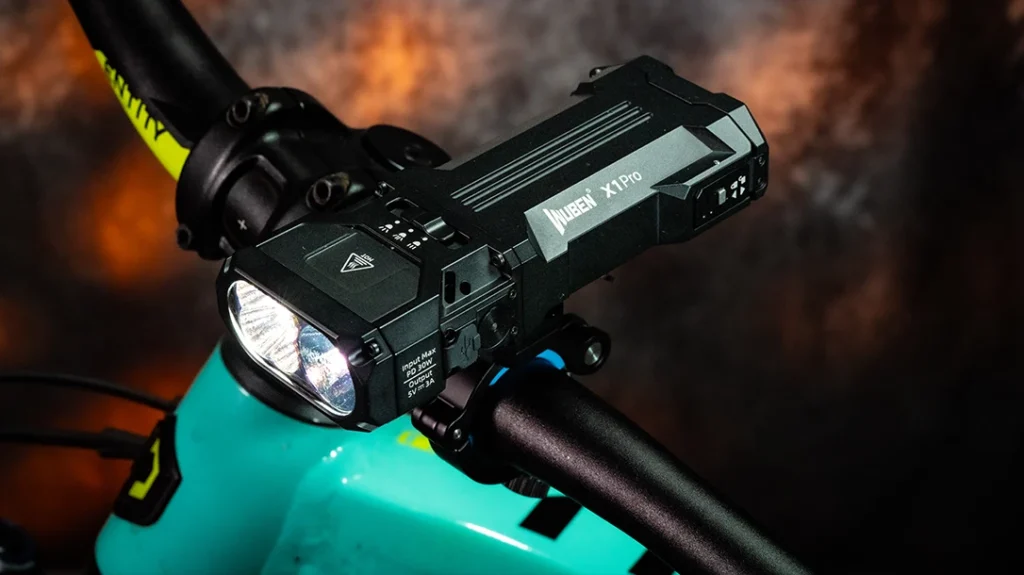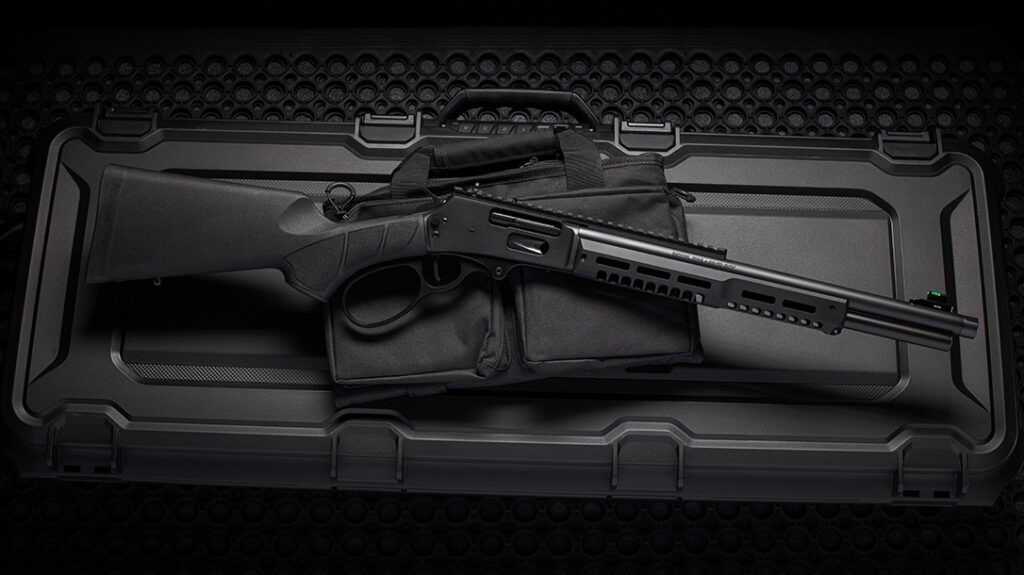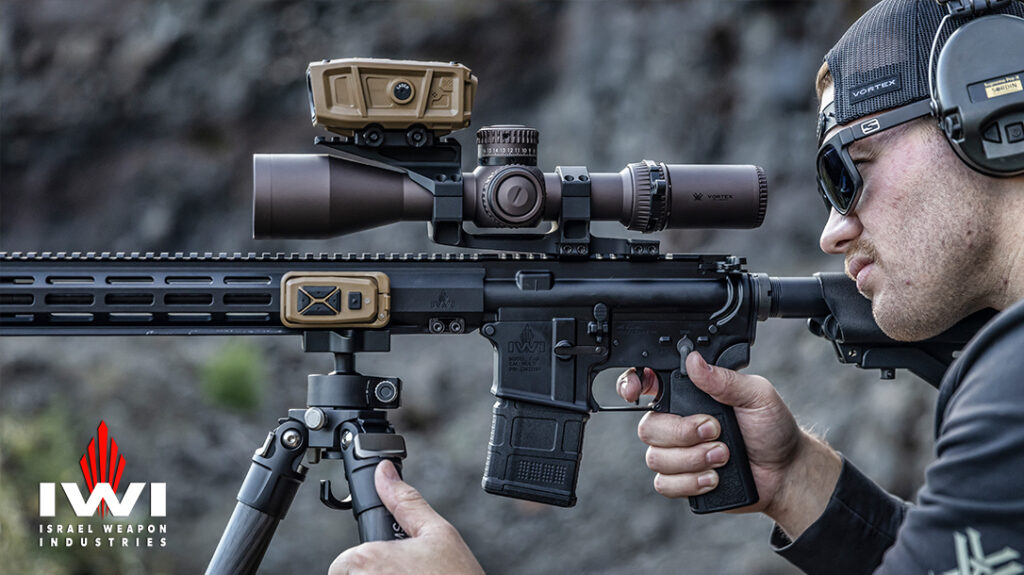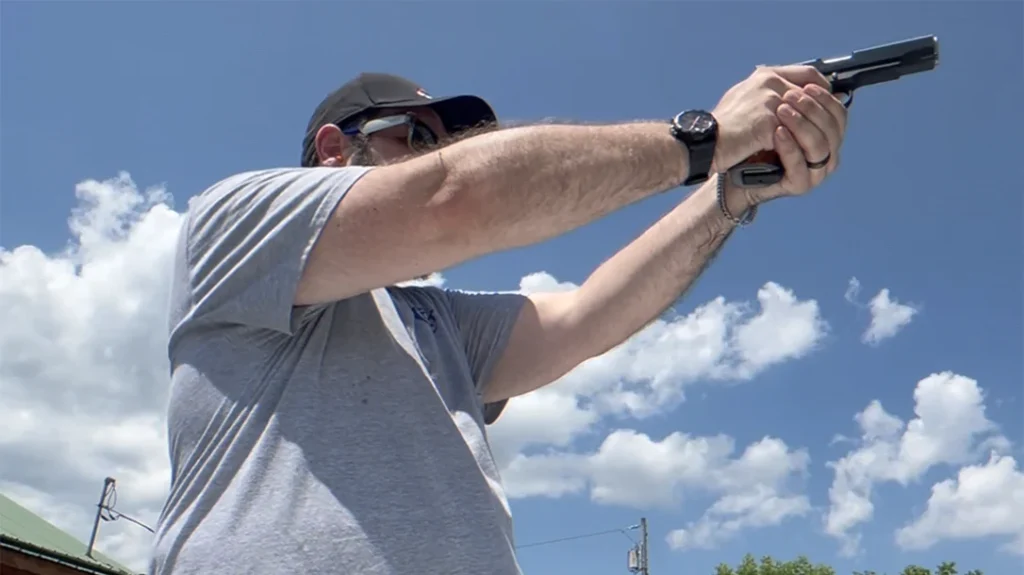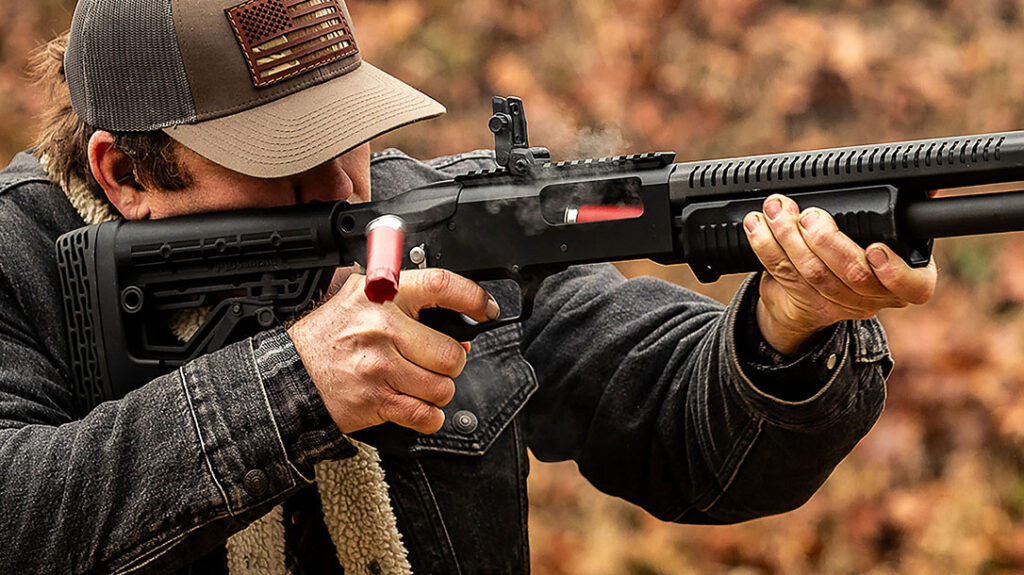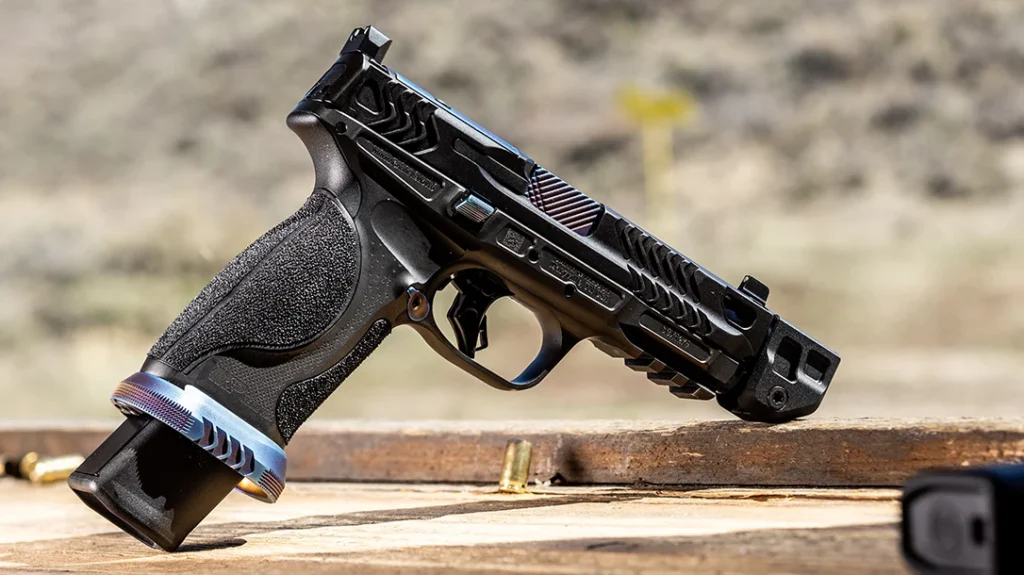The scout rifle is a rifle configuration loved by some and ridiculed by others.
Where did it come from, what is it and why?
It was the vision of the famous Jeff Cooper, founder of the American Pistol Institute which later morphed into Gunsite–the premier firearms training facility at the time.
Advertisement — Continue Reading Below
Cooper wrote a column for Guns & Ammo in 1987 in which he mentioned that a scout rifle is “an accumulation of features, no one of which is decisive but taken all together, produces decisive progress.”
Such a rifle was not designed to lay down huge amounts of heavy fire. Instead, the scout rifle’s job was to help the shooter place a well-aimed shot, maybe two, on a target in a combat situation or a hunting scenario.
The Parameters of the Scout Rifle
Cooper held two conferences to discuss the scout rifle. Different gunsmiths, stock builders, journalists, marksmanship instructors and hunters all attended these events. It was also during these conferences that many of the scout rifle’s parameters were established.
Advertisement — Continue Reading Below
The overall length of a scout rifle was to be no more than 39 inches (1 meter). Its overall weight was capped off at 6 lbs. 6 oz. (3 kilograms) without optics.
The scout rifle’s go-to optic was originally a long or intermediate eye relief fixed power scope mounted forward of the receiver. Most scout rifles also have auxiliary sights in place. These tend to be peep sights situated over the receiver’s rear bridge and paired with a front sight.
Cooper’s original concept also included the three-point Ching sling. This old-school sling style aids in carrying the rifle. And when needed, it’s easy to bring into action for a quick offhand shot.
Advertisement — Continue Reading Below
Caliber-wise, the king chambering of the scout rifle has always been the .308 Winchester. However, other short action cartridges of reasonable performance have been used in these builds.
Cooper did specify that a scout rifle did not have to be a bolt-action. With that said, all of Cooper’s personal scout rifles were in fact bolt guns. I have seen nearly every type of action used in scout rifle builds: from my pump-action shotgun to several ARs set up on the Scout platform.
Cooper also suggested the rifle should have a trigger pull of not over 3 lbs. and be crisp with no overtravel.
Advertisement — Continue Reading Below
Scout Rifle Today
Several manufacturers produce scout rifles that still adhere to Cooper’s parameters.
Steyr Scout II
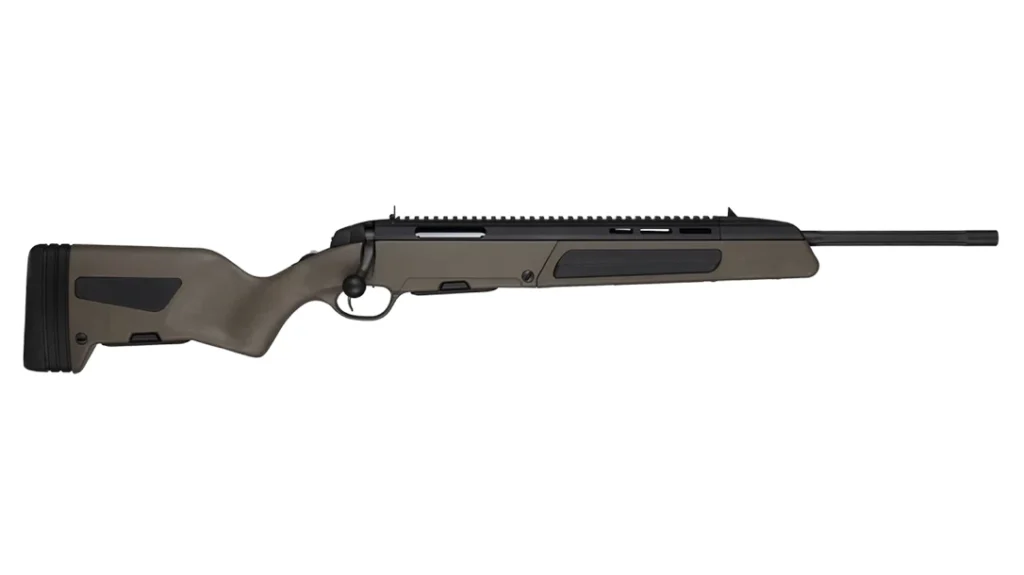
The Steyr Scout II is the result of a collaboration with Cooper himself. This rifle is chambered in five calibers ranging from the .223 Remington to the .308 Winchester. The Steyr Scout II checks each of Cooper’s boxes; it also goes beyond with features such as an integrated bipod and full Picatinny scope base.
Advertisement — Continue Reading Below
Mossberg MVP Scout
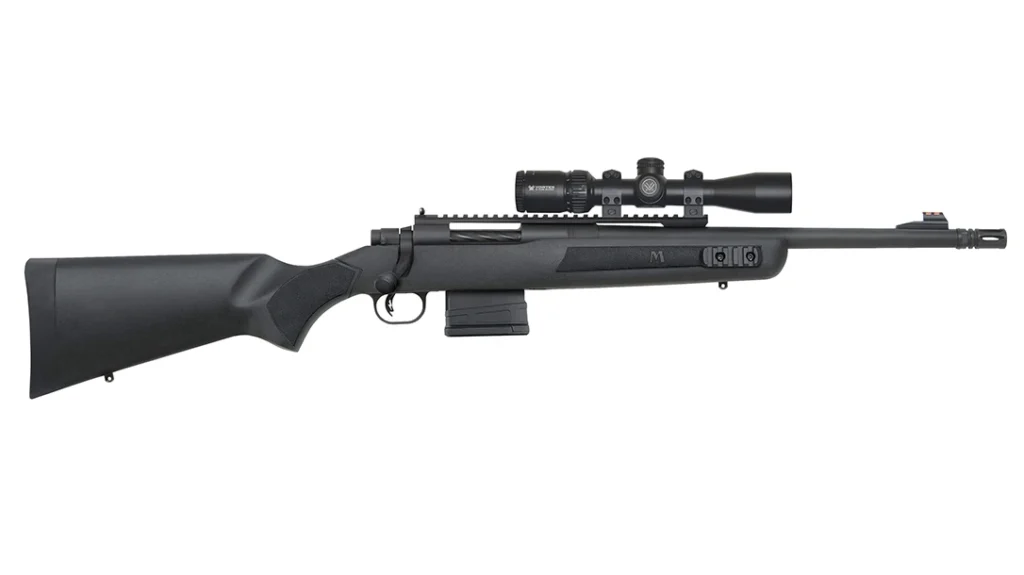
The Mossberg MVP Scout meets many of Cooper’s required elements in a scout rifle. This Mossberg is also chambered in .308 Winchester and includes two accessory rails on the forend. It feeds from AR-10 pattern magazines. For convenience, Mossberg does sell a combo model that includes the Vortex scout scope.
Ruger Scout
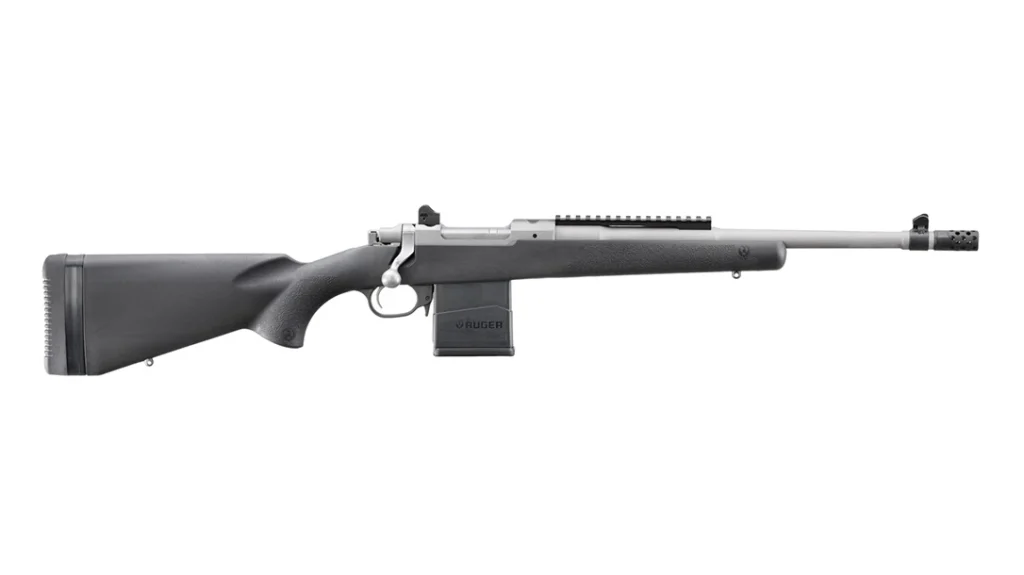
Advertisement — Continue Reading Below
Ruger’s Scout Rifle is based on the company’s solid and proven Model 77 action. Not only is it chambered for .308 Winchester, but it can also be had in .350 Legend or .450 Bushmaster. The Ruger Scout Rifle features all of Cooper’s necessary elements for scout rifles. In order to adjust length of pull, the Ruger Scout Rifle’s stock comes with three spacers. This rifle feeds from AICS-pattern magazines.
Savage Scout
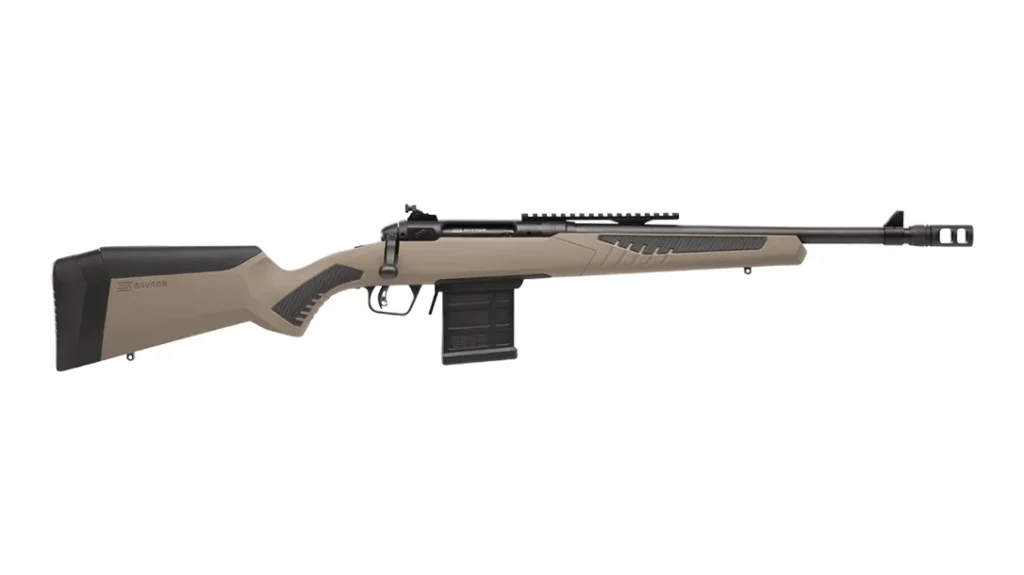
Savage Arms offers two models of scout rifles based on the Savage 110 short action. The standard Savage 110 Scout adheres to all of Cooper’s parameters. Additionally, its stock is soft and grippy. This rifle feeds from modern AICS magazines as well.
Advertisement — Continue Reading Below

Savage’s second mode is the Savage 110 Magpul Scout. Instead of being bedded to a regular stock, this version comes included with a Magpul Hunter stock. This version can also be had in a wide variety of rifle chamberings including 6mm ARC, .223 Remington, .300 Blackout in addition to some of the more classic options like .308 Winchester (or even 6.5 mm Creedmoor). The 110 Magpul Scout is also available in left-hand models.
Shooting The Scout Rifle
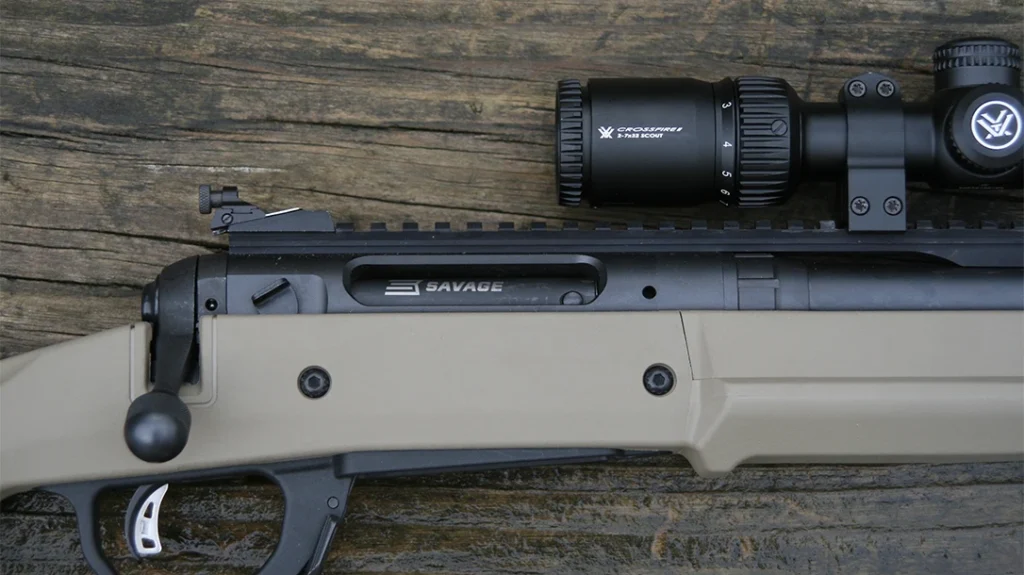
Advertisement — Continue Reading Below
Cooper stressed keeping both eyes open when shooting scout rifles. He also emphasized that the rifle’s stock should sit at a height that “keeps the cheek at a precise and consistent placement on the stock.” Cooper also added that, “the advantage of the sighting system is so startling it can only be appreciated in actual firing experiences.” This is why a rifle that allows the shooter to chamber a fresh cartridge without losing sight of the target is another attribute of these scout rifles.
The first Scout rifle I ever saw was during my time at gunsmithing school. I recall that one of the more advanced students in our class had turned down a barrel to accept quick detach rings. At the time (early 1990s), this was unheard of. At the time, Burris’ Scout Scope had only recently been introduced. This student’s Scout rifle had one mounted on it. After gunsmithing school, he applied for a job at Gunsite and treated that rifle like a physical resume. By the time I had graduated from smithing school, I also had a Scout system. Instead of a rifle, I had adopted it to a pump-action shotgun. It worked out splendidly, and target acquisition was fast. In fact, it was so fast that I’ve witnessed clay pigeons broken midair with that shotgun while firing rifled slugs.
Closing Thoughts
Yes, the Scout has lost much of its mojo on modern shooters consumed with PRS and everything tactical from rifles to ball point pens. The Scout system works as well today as it did back in the 80s and 90s.
A trip to the range does not allow the Scout rifle to shine as it was intended; a ten mile hike with a full pack, up and down hills in rough terrain or in cover and then be presented with a 200 yard shot, this is where the Scout rifle excels.
Don’t believe me?
Shoulder a pack and give it a try.
